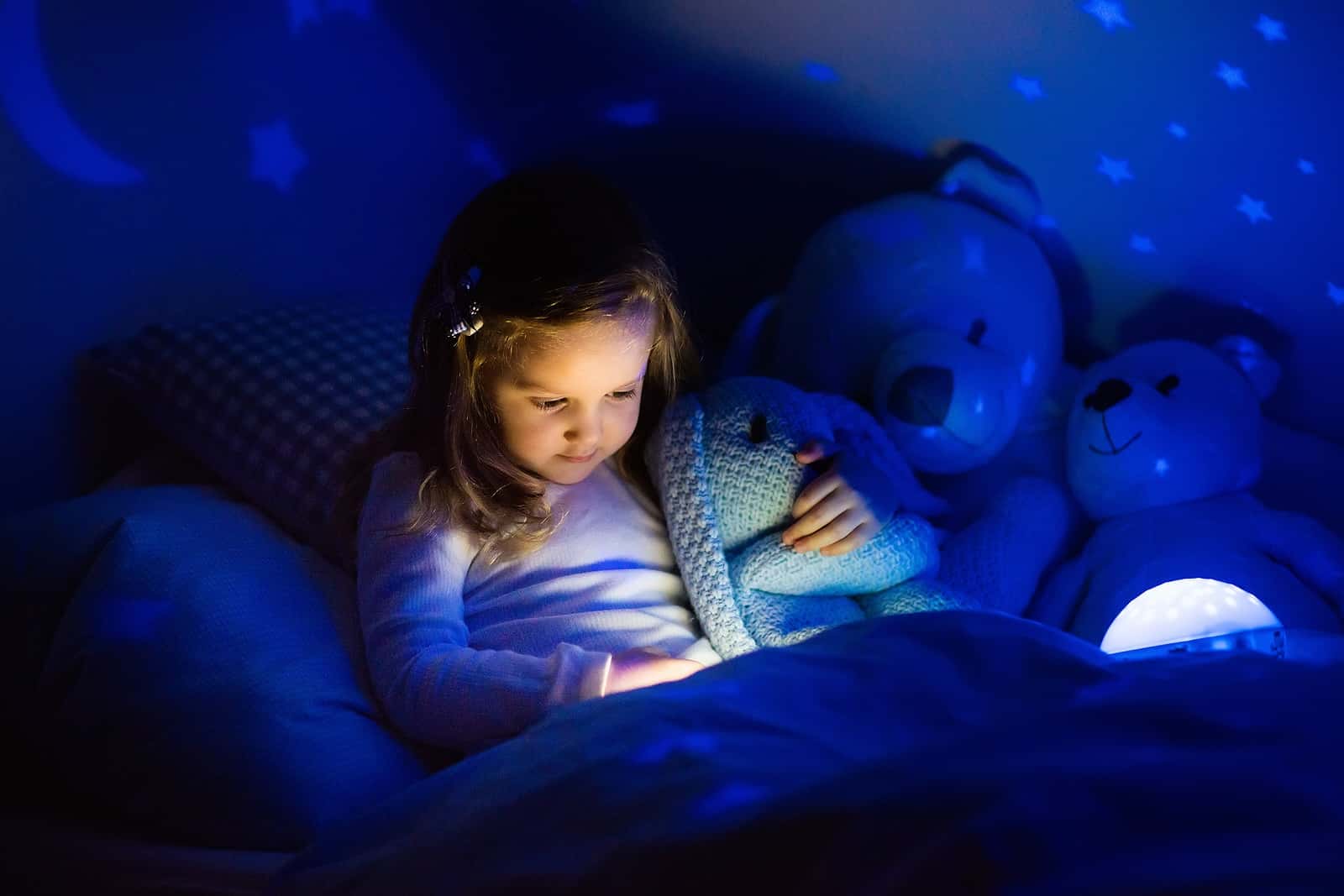
How much does light exposure affect melatonin levels? Studies suggest that overnight light exposure can disrupt sleep and also increase the risk for heart disease. Are there practical ways to address this problem?
Sleeping in the Dark:
Q. You recently wrote that light exposure at night can be harmful for the heart. As a result, you suggested keeping the bedroom dark. Wouldn’t that be risky for people who have to get up at night to go to the bathroom? They might trip on something and fall.
A. A study published in JAMA Network Open (Oct. 23, 2025) concluded that persistent light exposure at night may increase the risk for cardiovascular disease. You are correct, though, that stumbling around in the dark could lead to a dangerous fall.
Readers have offered some ingenious options to prevent such an accident.
One person replied:
“I keep a small flashlight under my pillow and use it to visit the bathroom during the dark hours. Inexpensive and does the trick.”
Another individual pointed out that,
“It is common for hospitals and nursing homes to have lights shining into rooms at night. Staff should supply sleep masks.”
In the same vein, a reader shared:
“Our bedroom is completely dark at night. When we need to get up, our motion-sensing nightlights come on. They turn off automatically when no motion is detected after 20 seconds.”
Several studies have suggested that late-day exposure may lower melatonin levels significantly (Life Sciences, March 15, 2017; Physiological Reports, March 4, 2018). This can have a deleterious effect on health (Obesity Reviews, March 2022). Many studies have focused on shift workers, but one study considered the implications for children’s health.
Evening Light and Melatonin Levels:
Young children exposed to bright light before bedtime may not make normal levels of the sleep-associated hormone melatonin when they are tucked in. Researchers studied ten healthy preschoolers. For the first five days, the youngsters followed a normal bedtime schedule. On the sixth evening, the investigators dimmed the lights in their homes. The lights remained low throughout the following day.
The scientists took periodic saliva samples to measure melatonin levels. On the seventh evening, the youngsters played with colored tiles or crayons and paper on a bright light table for an hour.
Compared to the low-light evening, kids’ melatonin levels were 88 percent lower after light exposure. These low levels lasted at least 50 minutes after the lights were turned off.
Will Bright Lights at Night Change Children’s Sleep Patterns?
The researchers are concerned that exposure to bright evening light might disrupt young children’s circadian rhythms and sleep patterns. (A different study would be needed to determine how frequently this is the primary problem for children who don’t sleep well.) Health professionals might use these findings to make evidence-based recommendations for parents to get little kids settled for the night.
The link the scientists found between evening bright light exposure and lower melatonin levels may be useful
“in preventing the development of late sleep timing in the early years of life.”
In a follow-up study, the investigators found that pre-schoolers between 3 and 5 years old are very sensitive to light exposure in the hour before bedtime (Journal of Biological Rhythms, Feb. 2023).
According to the researchers,
“the home lighting environment and its impact on circadian timing should be considered a possible contributor to behavioral sleep difficulties.”
Citations
- Windred DP et al, "Light exposure at night and cardiovascular disease incidence." JAMA Network Open, Oct. 23, 2025. DOI: 10.1001/jamanetworkopen.2025.39031
- Touitou Y et al, "Association between light at night, melatonin secretion, sleep deprivation, and the internal clock: Health impacts and mechanisms of circadian disruption." Life Sciences, March 15, 2017. DOI: 10.1016/j.lfs.2017.02.008
- Akacem LD et al, "Sensitivity of the circadian system to evening bright light in preschool-age children." Physiological Reports, March 4, 2018. DOI: 10.14814/phy2.13617
- Pivonello C et al, "The role of melatonin in the molecular mechanisms underlying metaflammation and infections in obesity: A narrative review." Obesity Reviews, March 2022. DOI: 10.1111/obr.13390
- Hartstein LE et al, "Evening light intensity and phase delay of the circadian clock in early childhood." Journal of Biological Rhythms, Feb. 2023. DOI: 10.1177/07487304221134330

